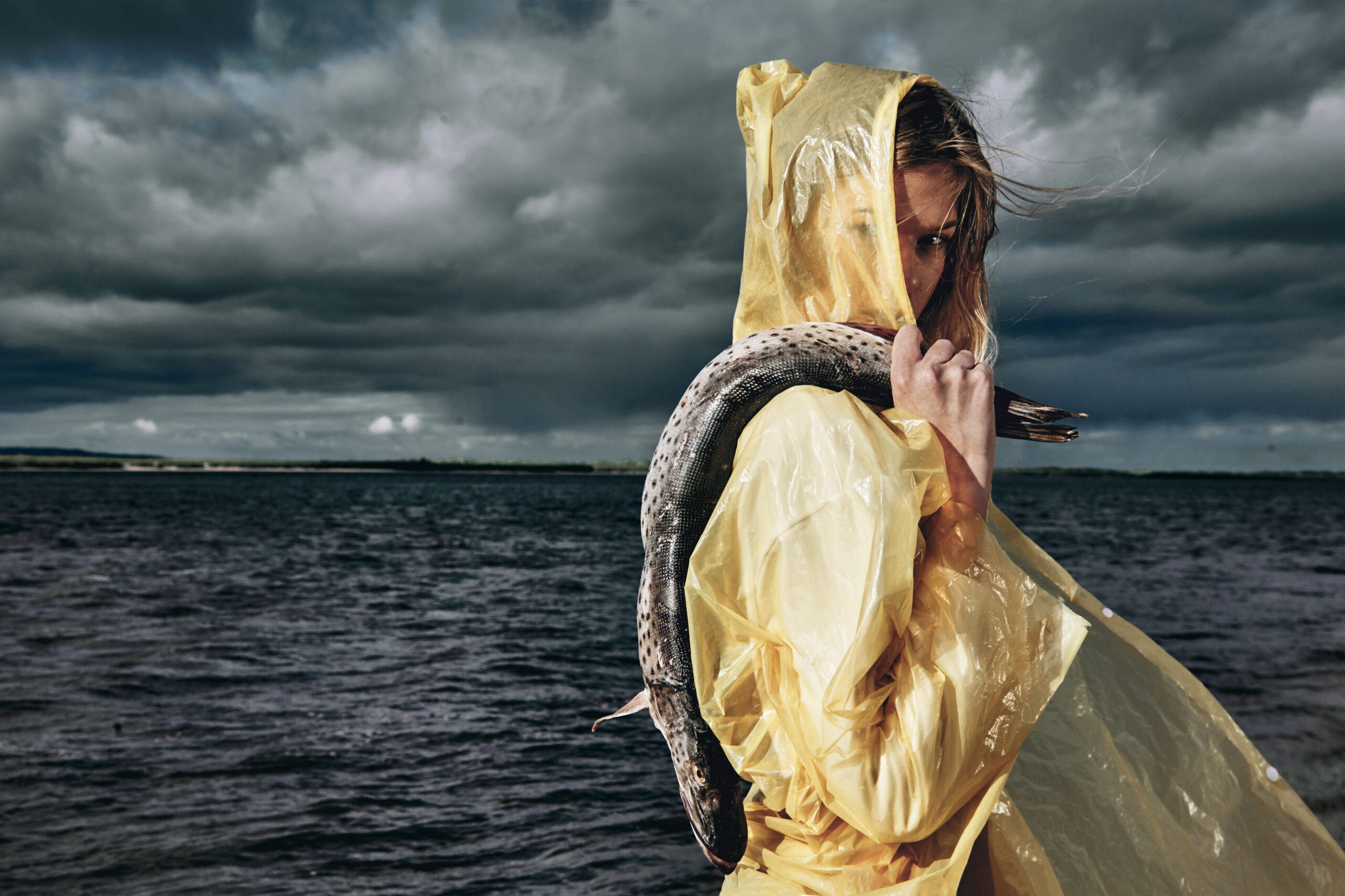An Interview with Photographer Igor Novikov
Words by Amanda Vandenberg
Travel photography has come a long way since the days of snapshot cameras and drugstore developed slide film. As the gradual shift occurred to more carefully-curated depictions of scene and space, it was met with hesitance. Could it still be authentic? The overwhelming response has been that it has the potential to be even more so. When a photographer interacts so thoroughly with an environment, it can’t help but result in an intimate portrait of a place. Travel photographer Igor Novikov takes more than the typical amount of time taken by a casually traveler to create his tableaus. BASIC talked to Novikov about what goes into his process, his extensive research and preparation, and how these beautiful vignettes show the best side of every subject.
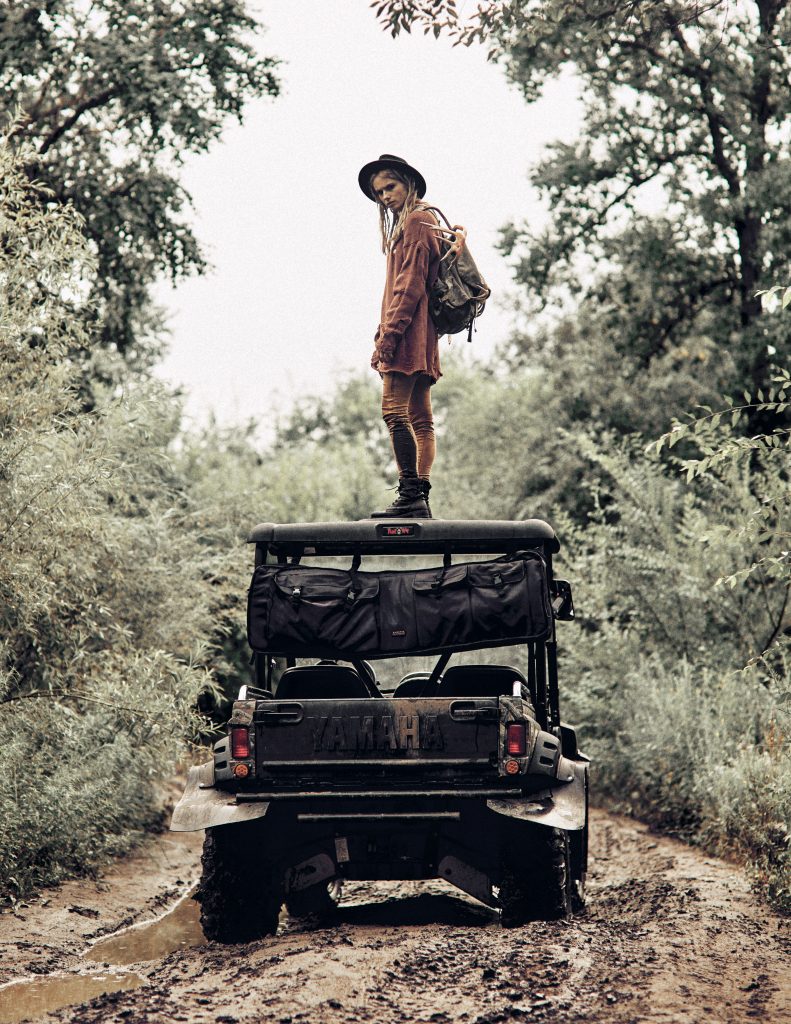
Your photographs have a narrative, storytelling quality to them. How do you go about including so much information visually?
It’s the opposite. I remove unnecessary information. Perhaps when an image doesn’t have any distracting elements or clothing, the story becomes more prominent.
How do you build or frame your shots? Is it more spontaneous or does it involve detailed planning?
I think it is both. I prepare for each shoot, find reference photos, clothing, props, and research the location. The most important part is to set the mood and develop a story for the model to be part of. After that, I just capture the angles and guide the model a little bit, without controlling the poses too much.

How do you build or frame your shots? Is it more spontaneous or does it involve detailed planning?
I think it is both. I prepare for each shoot, find reference photos, clothing, props, and research the location. The most important part is to set the mood and develop a story for the model to be part of. After that, I just capture the angles and guide the model a little bit, without controlling the poses too much.
“I choose to seek out the natural, outdoor spaces.”
What has been your favorite story to tell?
I don’t think I’ve shot it yet.
What have been the most extreme conditions you’ve worked in?
There were too many of them. Most of my shoots were done in the Far East of Russia, so imagine things like minus 30 C (-22 F), horse bites, models having bruises, and locations where it is illegal to trespass. But honestly, for me, the most terrible conditions to shoot in are areas with lots of mosquitos. Any other obstacles become stories, but mosquito bites really spoil the mood of the whole team.
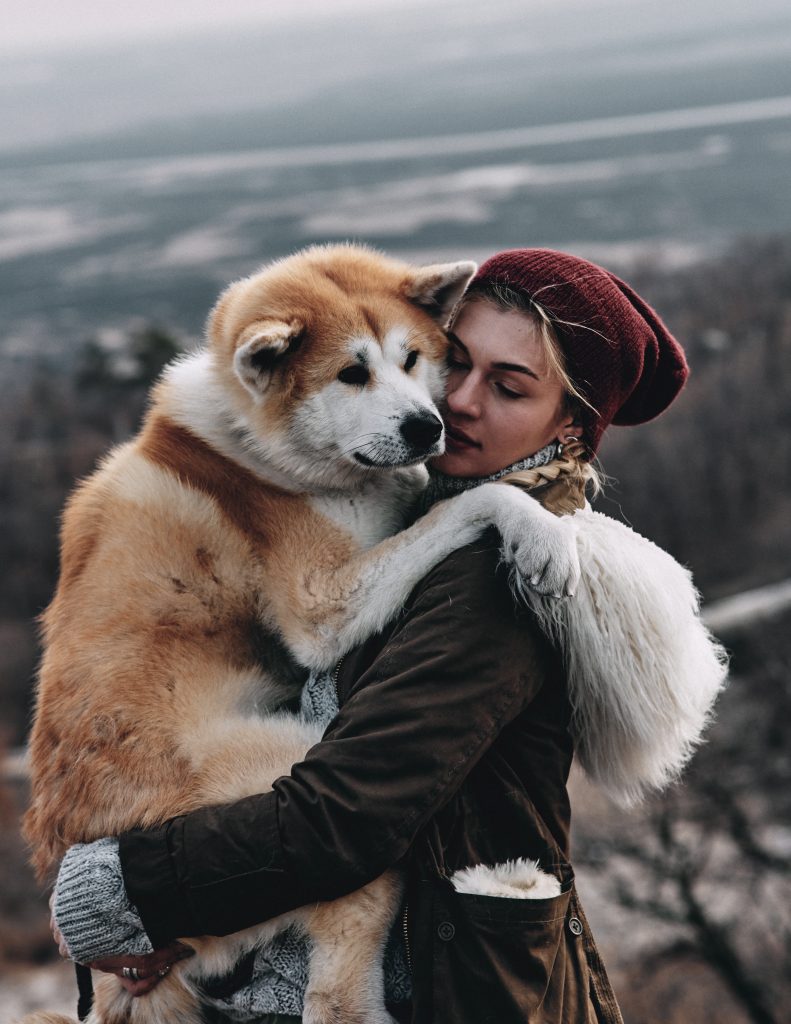
What is your preferred way of experiencing a city or a landscape?
I would love my stories to be timeless and without too many current fashion references. This is why streets with modern signs and neon lights are definitely not my thing. I choose to seek out the natural, outdoor spaces. I am also inspired by old European towns and villages with their little streets where time seems to have stopped.
Any place you haven’t been yet that you are dying to go?
Since I was a child, I’ve dreamt of visiting Iceland and Great Britain, but I’m trying to postpone these trips. I don’t feel that I’m ready as a traveler or a storyteller yet. I am trying to get to a point when my trips are based on meeting real people and experiencing the culture like a local, not a tourist.
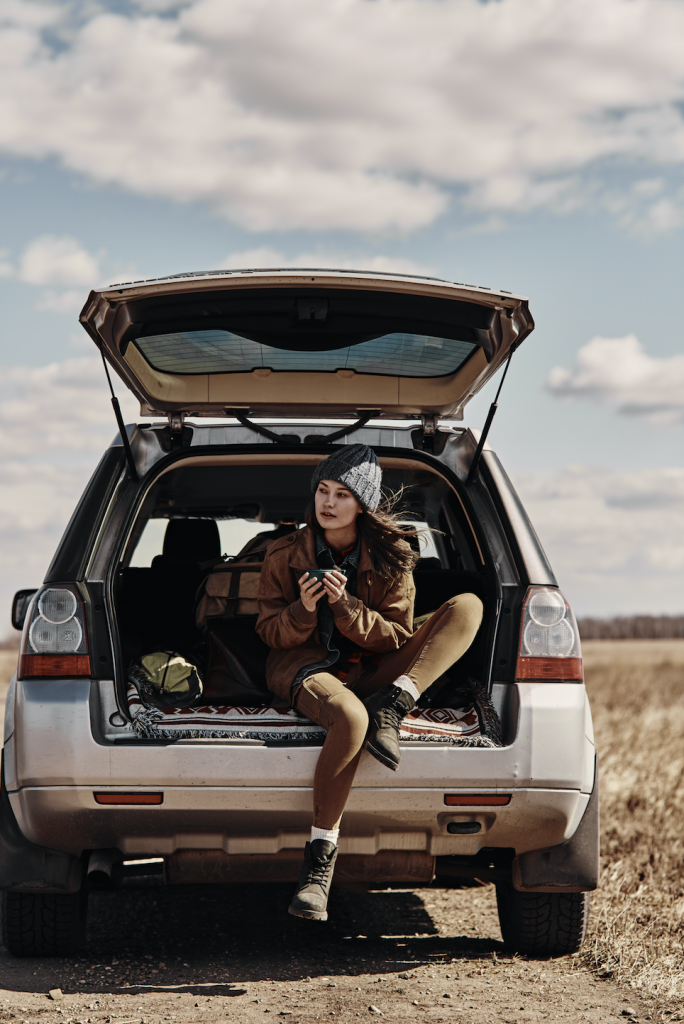
Has there ever been a moment that you felt even film couldn’t summarize?
Almost every time. This is why I always add a text story to each of my photos. I’m not the kind of artist who can convey emotions and experience through images alone.
Are there any writers or written works that well summarize the spirit of your work?
Maybe Ronia, The Robber’s Daughter. To be honest, I like books about small local events, about feelings and personal experiences. I’m not into politics, epic adventures or galaxy wars. This is why I often find inspiration in story books for children.
What are three qualities every travel photographer should possess?
Be able to meet and interact with people, be able to tell stories and be ready to be up very early.
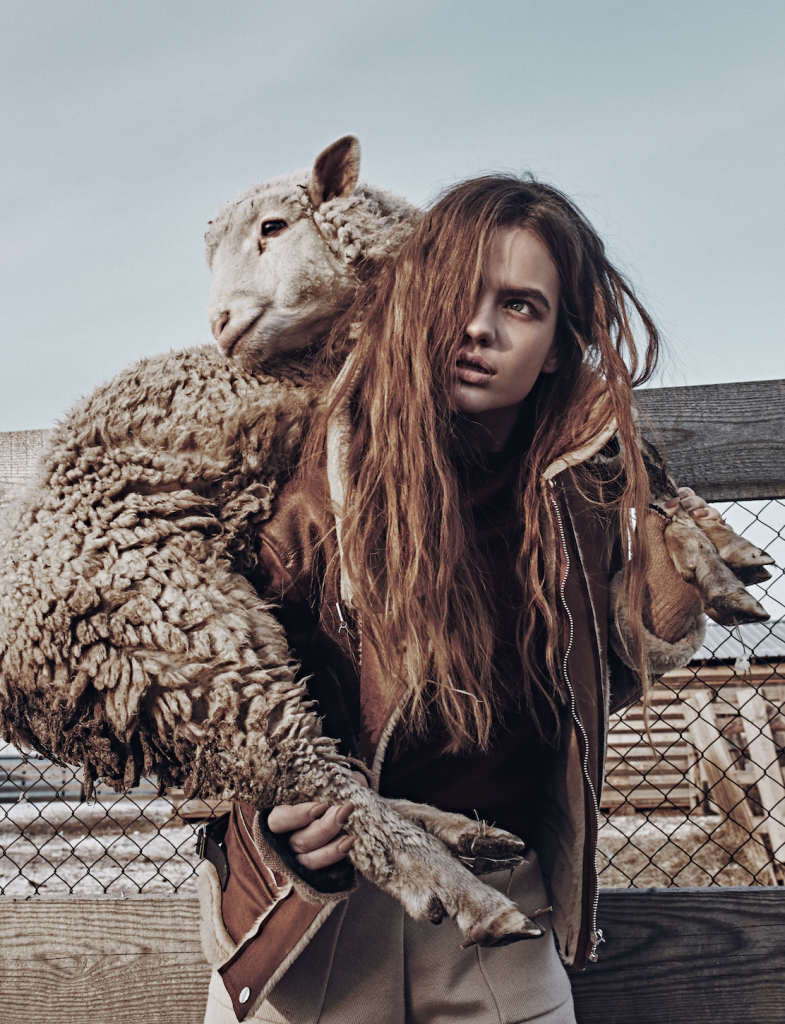
What camera, lens or tools are you working with?
I’m starting to realize that the camera is just a tool, and my favorite image capture device does not take part in creating the style; it only creates limitations. I often have different gear on my trips. At the moment I use a Canon 5D Mark III, 16 35MM, 85 lenses and the DJI Mavic Pro drone.
Any other artistic inspirations?
Nothing out of the ordinary. Movies, cartoons, especially those made with stop motion animation like Coraline, Corpse Bride, Le Petit Prince. The book illustrators Igor Olejnikov, Irina Petelina and Leonid Vladimirskij. The comics illustrator J. Scott Campbell and photographers Annie Leibovitz, Christian Watson, Lachlan Bailey and Peggy Sirota.
Order a Print Copy of Issue 8 Here.
